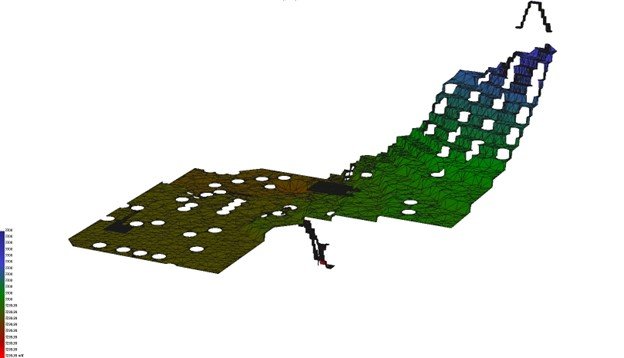Emile, I remember you saying you found a BPS solution (the 2x 6 BPS cells) that is vastly „cheaper“ than the original 30 cell version costing as much as a whole Extreme as the former doesn’t need a separate chassis (and of course much less cells).
Now the Olympus due to the new design philosophy needs a chassis (although due to other reasons). I‘m wondering how this all turns out pricewise, but am in good faith since Taiko‘s pricing policy has always been on the reasonable / customer friendly side.
Trading up to the Olympus or adding the Olympus I/O are the most cost effective ways to obtain this technology.
Hoping to be able to announce pricing soon but we have some negotiating to do with our distributor/dealer network over a wide range of time zones.



